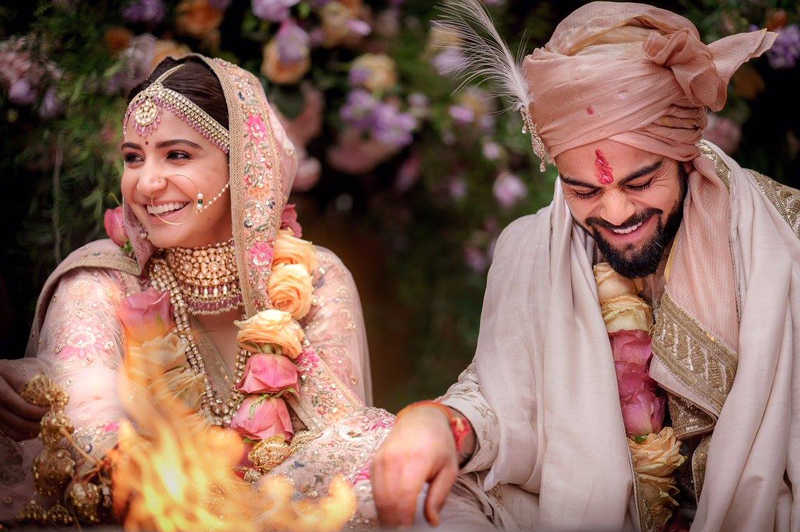The ancestral Raj Kapoor Haveli in Peshawar, which is valued to be worth Rs 5 crore (50 million), once again faces demolition as its current owner Haji Muhammad Israr, who is a famous jeweller in the city, wants to convert it into a commercial complex. Israr says, “I have sufficient money to cater to my needs. I supply around three to four maund (120kg to 160kg) gold a week to the Peshawar biggest jewellery market.” The Raj kapoor haveli, as per a 2018 decision of the Pakistan government, was to be converted into a museum. But today it is in a dilapidated condition because of the neglect
From Aurangzeb Khan
PESHAWAR: They say they still wear the traditional Peshawari pagri on festive occasions, the Kapoors of Bollywood. And a gold medal from Prithvi Raj’s acting days in theatres of Peshawar — and Lyallpur, now Faisalabad — is a family heirloom left by the Kapoor patriarch. They lived here in Dhakki, right by Peshawar’s Qissa Khwani Bazaar. How appropriate for a family of celebrated thespians to have roots in the street of storytellers.
The air inside their old haveli is still, the gloom in the empty rooms is like time mourning its own passage, a surrender to dust, to dampness and to death. It is the indifference of a terminal patient to a visitor who brings no hope but stands by the bed.
I have entered the empty building in Peshawar’s old city through a hole in the back wall. The wind wants to know why I am here. It whispers through the abandoned house, stirs itself when I open the door to another room. The creak of rusty hinges tear through the silence. Somewhere in the house, a pigeon is startled by the sound, the frantic beating of its wings fades as it leaves the house. An omen? Unsuspecting, I enter a room that is a cat’s lair, the scene of a bird’s massacre with pigeon feathers piled on the floor. The cat, a plump ginger tabby, is curled on a shelf inside a wooden cabinet. It glares, not moving. I withdraw.
Raj Kapoor haveli condition
In a room where sunlight bursts through the windowpanes with their broken stained glass, I try and imagine the Kapoor family living in the house. All I conjure up is little Raj Kapoor, the Charlie Chaplin of Indian cinema, up to his antics again, in the house he was born. Last I saw him, he was serenading a Bollywood beauty from a treetop on screen. Now he runs ahead of me, a little boy with a stick to dislodge a wasp’s nest embedded in the dark, narrow staircase, to give me safe passage to the floors above.
I tread carefully as rubble falls from the roof, wary of breaking a mold-infested floorboard and go down to the dark basement where the building may collapse on itself one day if not saved soon. It will add to the debris under Dhakki, the old city neighbourhood built over a mound of rubble beneath which lie many lost civilisations.
Another day in Andher Sheher. Smoke tendrils from a joss stick has the Zia Printing Press, in Peshawar’s Jhangi Mohalla, smelling of shrines. In a way, the place is a shrine, a monument to memory and nostalgia, to Peshawar’s past.
The owner of the Raj Kapoor haveli Ibraheem Zia shows me his book, Peshawar kay fankaar, about actors and artists from Peshawar who joined Indian cinema in its infancy. The book is dedicated to Gul Hamid, as young and handsome as James Dean, and just like him dying at a young age — 36.
Zia takes me to Dilip Kumar’s ancestral house in Feelkhana Nawab Nasir Khan — the street where the last Mughal governor Nasir Khan maintained an elephant shed. The house recently made news when Prime Minister Nawaz Sharif was said to have declared it a national heritage.
The three-storey house, with a vertical narrow facade, is crumbling. Through a grille above the locked front door, one can see a collapsed roof. Next to the house is a concrete building, its grey face growing a rash of electricity meters. Small shops crowd the streets, aglow with glittering trinkets, walls covered with imitation jewellery and garments.
“It is a good thing that the memory of Dilip Kumar is preserved for the people here,” says Sher Khan, who owns a garment store in the street where the house is. He has read in newspapers that the government is turning the house into a museum. And no, he hasn’t seen any of Dilip Kumar’s films but his father has.
Next on the trail of ancestral homes of famous Bollywood actors from Peshawar is Shah Rukh Khan’s. His cousin Maqsood Ahmad, a frail laconic man, fills us in on family history. Shah Rukh’s father, Taj Mohammad Khan, and his brother Ghulam Mohammad Gama, were staunch supporters of Congress. Partition saw Taj Mohammad leaving Pakistan to escape arrest. His brother Gama was imprisoned for seven years.
We walk through a damp labyrinth of streets redolent with the scent of incense and through the open community yard by the shrine of Saint Shah Wali Qataal where children throw mud balls at each other. We arrive at Dhakki where the Kapoors’ mansion is.
We stand and look in awe at its magnificent façade, ornate jharokas fit for a royal palace in some princely state. The haveli stands silent, crumbling. People walk by, indifferent to the building or its significance. It is a heritage we have long ignored, inherited from a time before Partition. It is a history we refuse to own. Pakistan would rather be 60 years young than thousands of years old, casting its claim to civilizations back into the Indus from where it sprang. (This article first appeared on July 20, 2014, courtesy Dawn)








